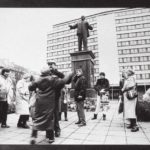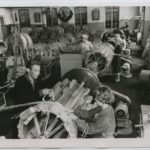Something is stirring on the western shore of Kopli peninsula. A dormant industrial complex, left behind by the twenty first century, is beginning to wake up from its thirty-year slumber.
The churning monotony of industry is a mere echo of the past. Instead, there is an atmosphere of optimism in this little corner of Kopli. A regeneration process has begun.
A brief history of Põhjala Factory
“Wait a minute, I thought Põhjala was a brewery?”
You are correct, Põhjala is also the name of a brewery but the two entities are not related. Põhjala brewery produces a dizzying variety of craft beers while Põhjala Tehas (Nordic factory, in English) is the former centre of Estonian rubber production.
Rubber boots and hose pipes might not seem as sexy as mango IPAs but bear with me, Põhjala factory has plenty of surprises up its sleeve.
The Hangars
When I first gained access to this factory on a cold winter morning in February I headed straight for the giant hangars. They were the most striking architectural features of Põhjala and I had to see them up close.
Needless to say, I wasn’t disappointed.
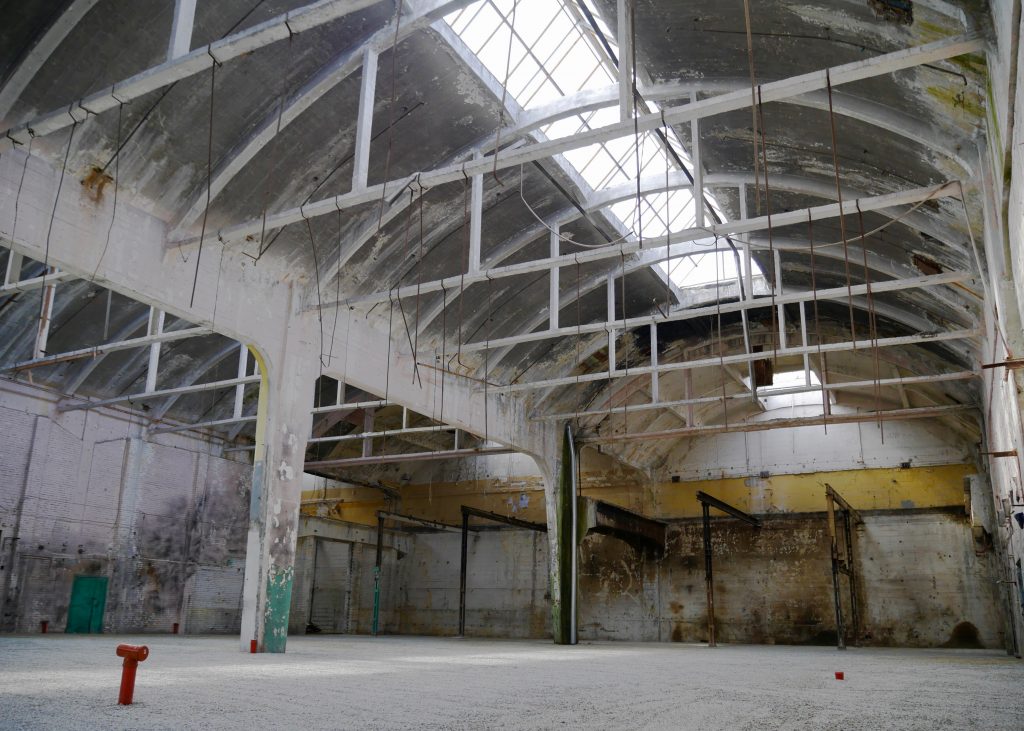
On my way home, I wondered why a factory that produced rubber boots, hoses, fabric for raincoats and rubber wheels would require such large and lofty hangars. When I heard the story of the origins of Põhjala, the mystery of the hangars was solved.
In the early 1920s the ‘Estonian Rubber Industry’ operated out of a tiny workshop at the end of Kopli street. Many critics told Harry Feldmann that his venture would not be successful but as it turned out, this early pioneer of Estonian rubber was highly competent and his business grew rapidly.
The giant hangars you see at Põhjala today were not built especially for Feldmann and the Estonian Rubber Industry; they were built for ships.
As the shipping industry declined during the interwar period, Feldmann was given the opportunity to move his rubber production from the small Kopli workshop into the giant iconic hangars of Bekker Shipyard.
After this move, Põhjala became the centre of Estonian rubber production and the beating heart of local industrial culture for a whole generation.
Quality over quantity
The 1930s saw dramatic growth for Põhjala as the number of workers skyrocketed from 80 at the turn of the decade to 300 by 1940. Net profit rose substantially year-on-year and some of the products were exported as far as Iceland and Portugal.
This success was fuelled by a commitment to ‘quality over quantity’. Legend has it that the factory used a special formula for its rubber mixture; a secret so precious that those in charge refused to share it.
Põhjala boots were made to last and can still be found all across Estonia today. Just take a look in grandmother’s attic and I’m sure you’ll find remnants of Põhjala’s legacy.
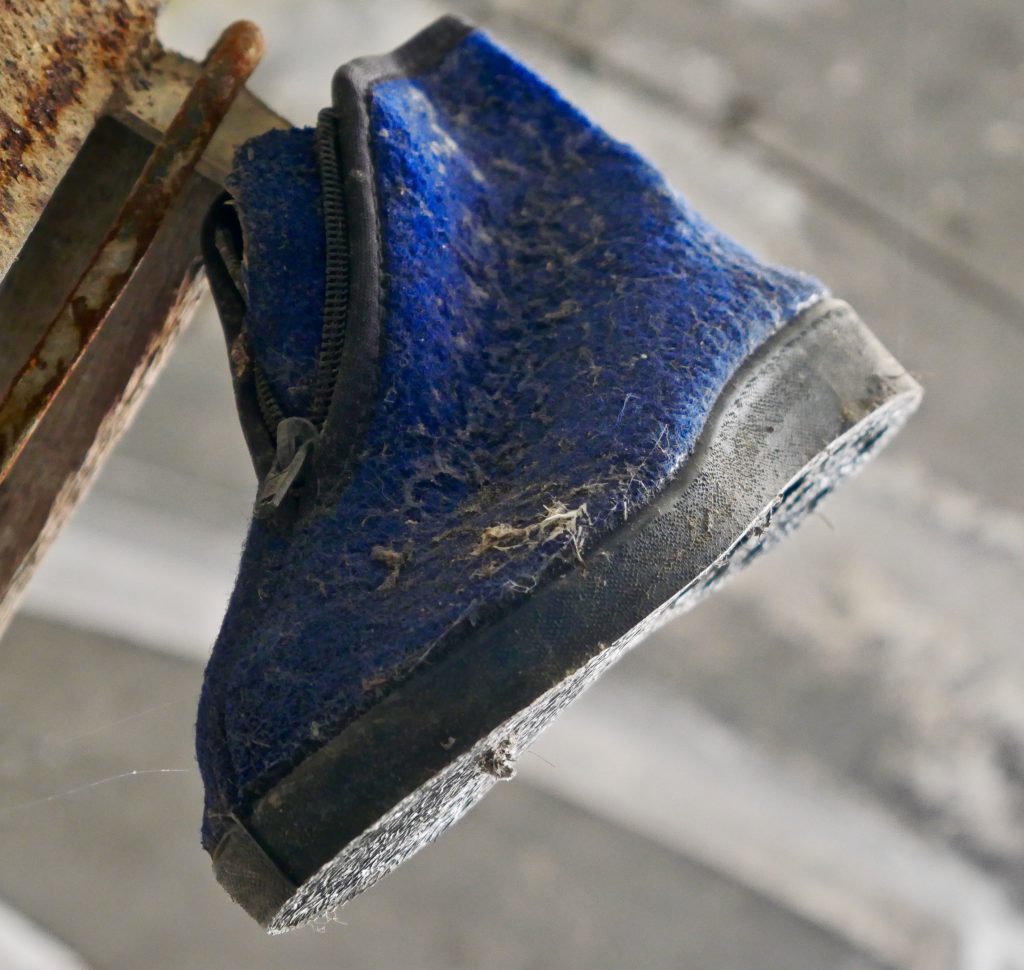
Idyllic working class life
Many efforts were made, especially during the 1930s, to improve the living conditions of the workers at Põhjala. The factory was not seen solely as a remorseless vehicle of production, but an important central hub for workers and their families. This viewpoint also echoes the early vision for Kopli Lines.
As well as steady employment and economic growth, Põhjala could also boast a four-storey Nordic Workers’ Residential Cooperative (‘apartment building’ in plain English), an on-site grocery store and regular social and cultural initiatives. The Nordic Society for Spiritual and Physical Culture (thanks Google Translate) organised regular football and volleyball competitions and there was even a Melodian Orchestra. Yes, my friends, working class life in Kopli seems to have been pretty idyllic, for a time.
Soviet times
During the Soviet era, the emphasis changed from high quality and profit to quantity and quotas. By the end of the 1970s, 700 people were employed at Põhjala.
Despite these impressive numbers, Põhjala was not immune to the outside pressures of the Soviet economy. As with many such industries, the fortunes tended to mirror those of the Soviet Union.
Goodnight Põhjala
After the collapse of the USSR, Põhjala Tehas struggled to adapt to the free market economy, despite the efforts of the directors.
In 1998, the Nordic Factory could hold on no longer. The machines were switched off, the workers left and the former frontrunner of Estonian rubber production closed its doors for the last time. The factory would remain silent and undisturbed for three decades.
Find out more about the story of Põhjala factory here.

Urban Exploration
As the outside world began to move on from the Soviet times, very little happened inside the walls of Põhjala Tehas. The factory lay in waiting for its moment; a beautifully preserved time capsule.
Põhjala is stirring from its slumber but is yet to fully awaken. Several areas have been swept and cleared ready for the next chapter of the story but in this groggy, semi-conscious state there are still some corners that remain untouched.
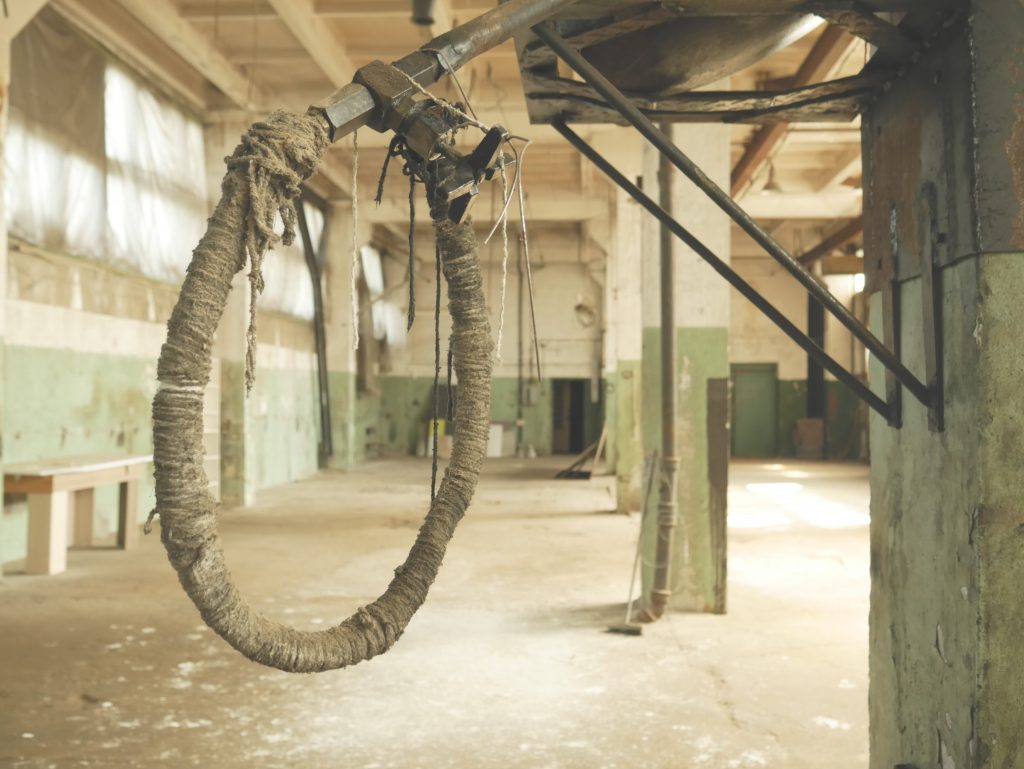
In spring, I managed to gain access to the factory after making some enquiries about the plans and known history of the complex. As I walked through, the stillness was palpable. Each step echoed through the corridors and hangars as I greeted each new doorway with a muted “ahh”.
Old hand-written documents reminded me that behind the peeling paint and hollow silence, there is a human story to be told. My imagination raced as I poured through work documents, dusty notebooks, flowing cyrillic script and faded photographs. The touch of humanity was clear in every area of the factory. Not just books, but shoes, jackets, furniture, fax machines, a textile room, empty vodka bottles, and even this raunchy piece of art.
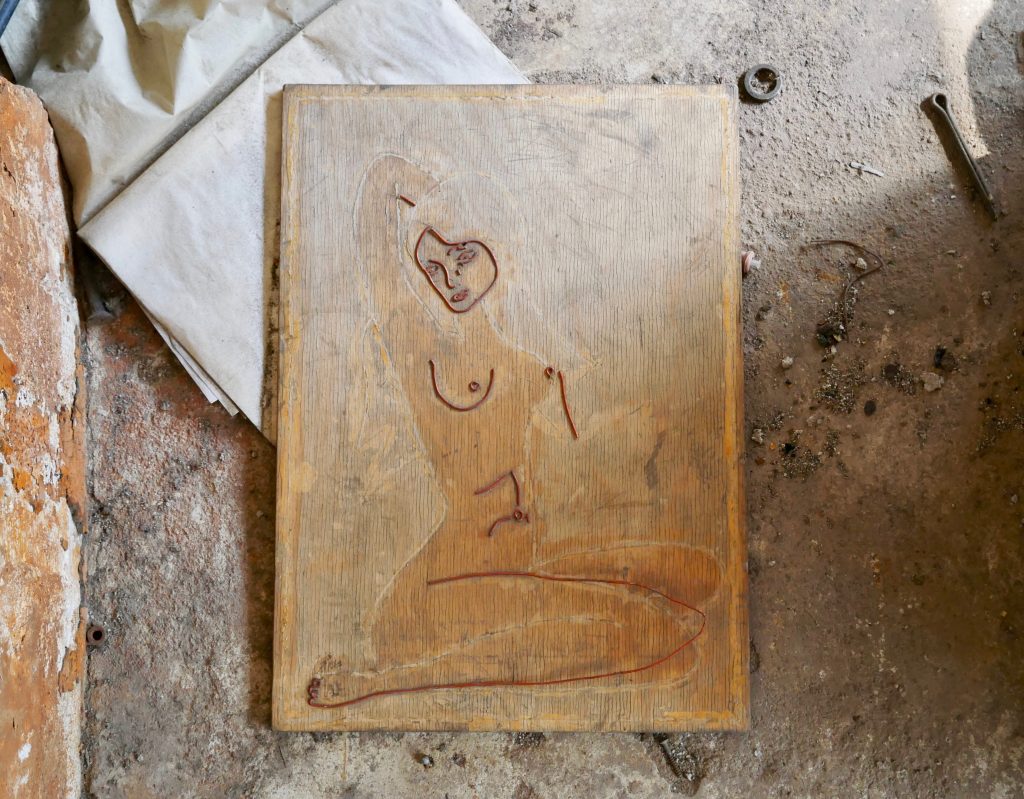
The telltale signs of decay were ever-present, providing limitless photo opportunities. Even after a decade of exploring abandoned places, I still find the aesthetic of urban decay fascinating. Intricate mosaics of cracked paint, rusted facades and doppled light shining through windows that have been frosted and weathered by thirty Baltic winters.
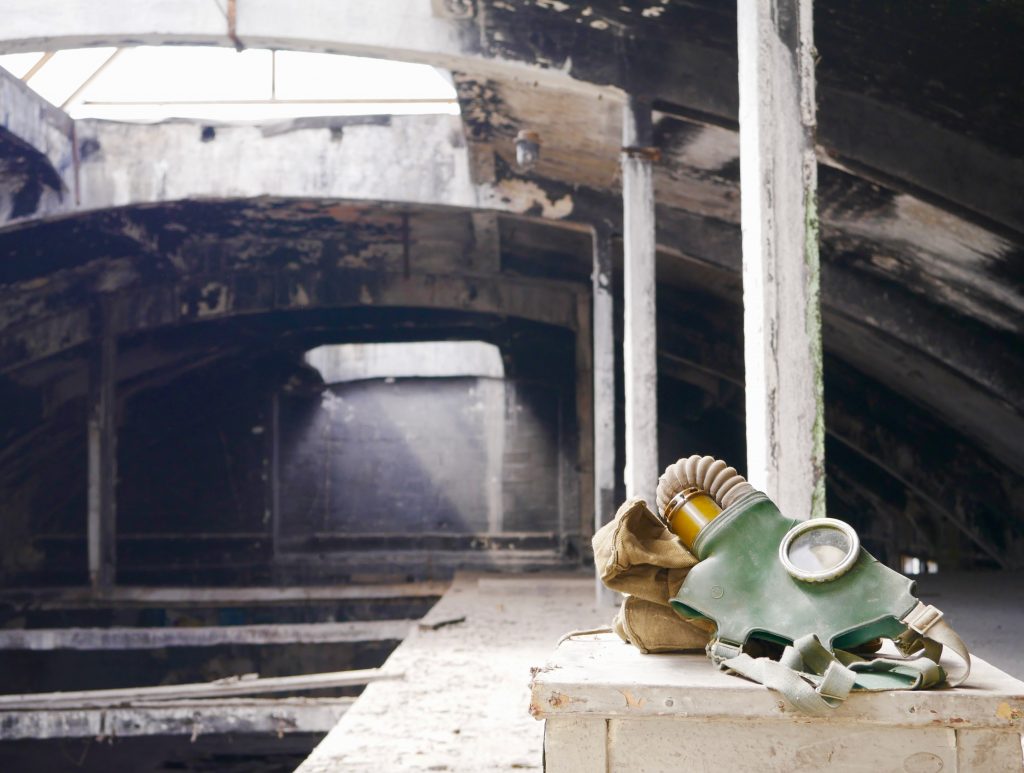
I couldn’t believe it when I found the gas mask. Images of cold war paranoia entered my mind as I contemplated the real dangers and threats that must have underpinned these times. I was utterly enthralled as this mysterious place revealed its secrets to me one by one.
Urbex opportunities like this are rare and precious in the days of rapid regeneration. Having the opportunity to explore and document this beautifully preserved time capsule was a true privilege.
These images were taken in May and access to the building was granted through a collaboration project. Today much of the factory has been cleared, in preparation for the next chapter of the story.
“Põhjala tehas ärkab ellu”
Põhjala factory wakes up

Põhjala has a strong magnet pull. All those who lay eyes on her fall instantly under her spell and are unable to escape the ensuing obsession.
This is the only logical explanation I can muster to describe the unerring dedication of the Põhjala Tehas NGO as they coax the factory into the 21st century. Optimism and creativity are the driving forces behind this ambitious project to repurpose this old rubber factory as a centre of culture and community.
NGO Põhjala Tehas coordinate, collaborate and organise projects in the factory. They also rent out spaces within the complex for creative endeavours; both public and private. Their approach is guided by a respect for the industrial heritage of the factory space and a strong adherence to the values of community.

This is a unique departure from the somewhat indiscriminate nature of many of the regeneration projects that we see throughout Tallinn today and I, for one, would like to commend this approach.
At the time of writing, Põhjala has already reopened its doors to the public. Much of the aesthetic is unchanged and the old industrial atmosphere has been maintained. Cultural events and industrial dereliction operate side-by-side here in Kopli.
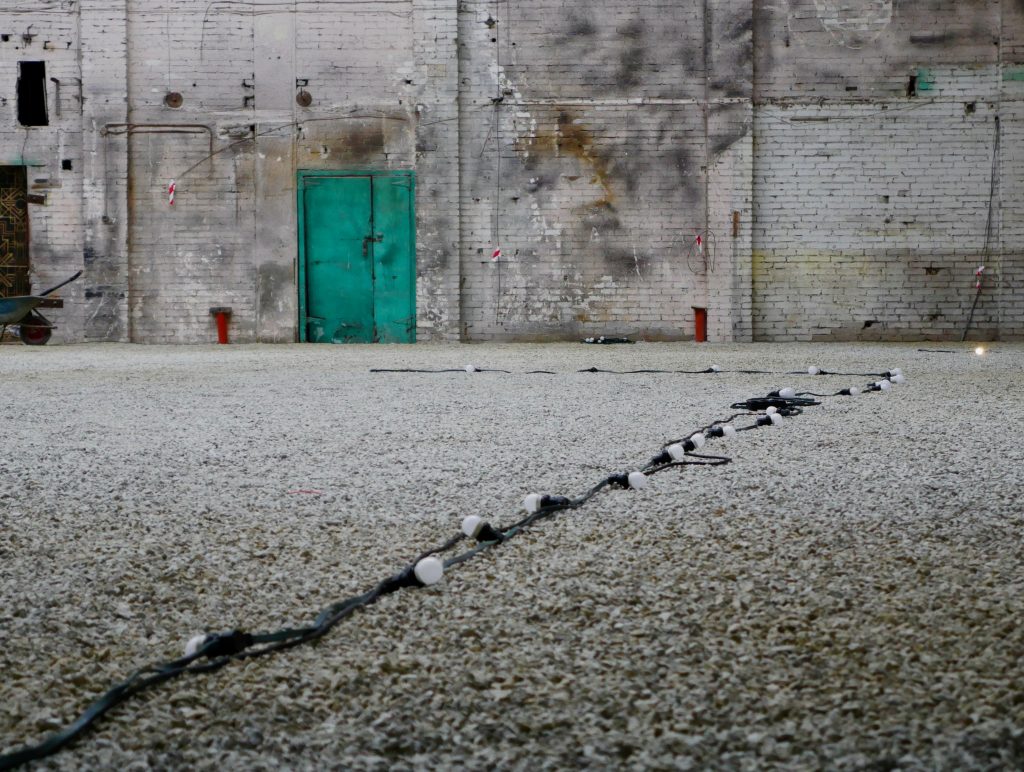
This is the current situation in Põhjala. The long term future of the factory is being discussed and debated carefully.
The Future
I must admit, when I heard that Põhjala was being turned into a centre for culture I was concerned. I love abandoned places not just for their ambience, but their unique window into the past. Even the slightest hint of a new paint job or the sight of a broomstick causes me concern.
My viewpoint may be somewhat extreme but nonetheless, repurposing old industrial buildings requires vision, sensitivity and tact.

I voiced my concerns in the form of a question: “Do you have any plans to document this place before the regeneration begins?”
To my surprise, this question was met with a beaming smile.
“Of course!”, was the response. “This is a very important project for us because this place is so cool and unique.”
NGO Põhjala Tehas are aware of the responsibility they have and consider the maintenance and preservation of the industrial heritage of Kopli as a key piece of the jigsaw in all future developments.
After conveying my excitement at this revelation, I was promptly asked if I wanted to get involved with this project. My answer, of course, was “YES!”
Therefore, I am delighted to announce that I will be working closely with the NGO over the coming months (and maybe even years) to document, record and tell the story of Põhjala factory as it continues its march out of the shadows and into the light of the 21st century.
What is our plan, you may ask?
Põhjala Tehas Memory Project
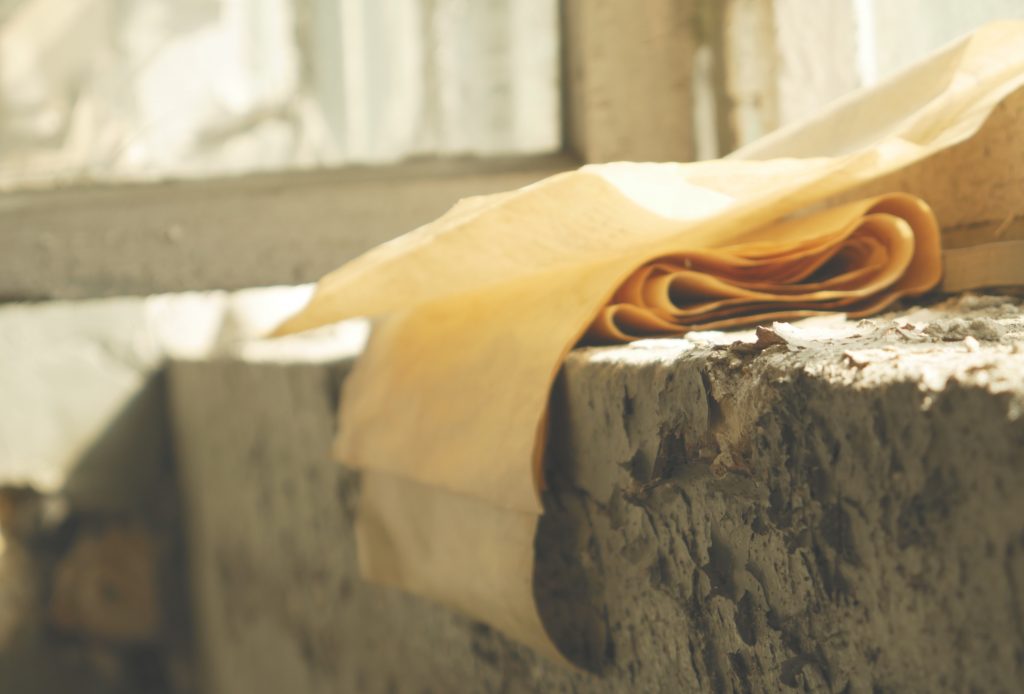
When most people come to see a place like this, their imagination leaps towards the future; dreaming of what could be.
When I walk through the empty echoing rooms of Põhjala, my thoughts shift towards the past. Every piece of furniture, every old pair of rubber boots, every rusty piece of machinery, every hand-written document; all of them are part of the Põhjala story.
All too often in modern society, industrial buildings are simply swept aside in the relentless pursuit of profit and modernisation. In the process, the stories and memories of the past are often overlooked. Põhjala Tehas was the centre of a working class community; a crucial piece of the Kopli jigsaw.
The story of Põhjala is the story of everyday working life in Tallinn. It’s the story that lends intrigue to this place. It’s the reason why people get excited when they look at the hangars, or wander through the abandoned administration building for the first time. We love this place because of what it once was.
The history of Põhjala is absolutely central to all that we do here.
What is the Memory Project?
This is a storytelling project. We aim to gather as much information as possible about the factory; from in-person interviews to documents, maps and historical records. Once we have this information we will use it to construct an interactive storytelling experience, to preserve and share the tale of Põhjala with all those who are fascinated by old industrial spaces.
Why is this project important to us?
The history of a city is not only built on grand stories of kings, queens, mighty dynasties and great battles. It’s also shaped by the citizens of that city; ordinary people living regular lives. Going to work, doing the shopping, meeting with friends and building families. It may not seem as dramatic as the famous stories in the history books but the stories of normal citizens have shaped and defined the towns, cities and countries we live in today.
Põhjala factory is part of the heritage of Tallinn. It’s story is inextricably linked to the history of the Estonian capital. There are mysteries hidden beneath this crumbling industrial facade and we don’t want to lose them.
As we move into the future, we mustn’t forget the past.
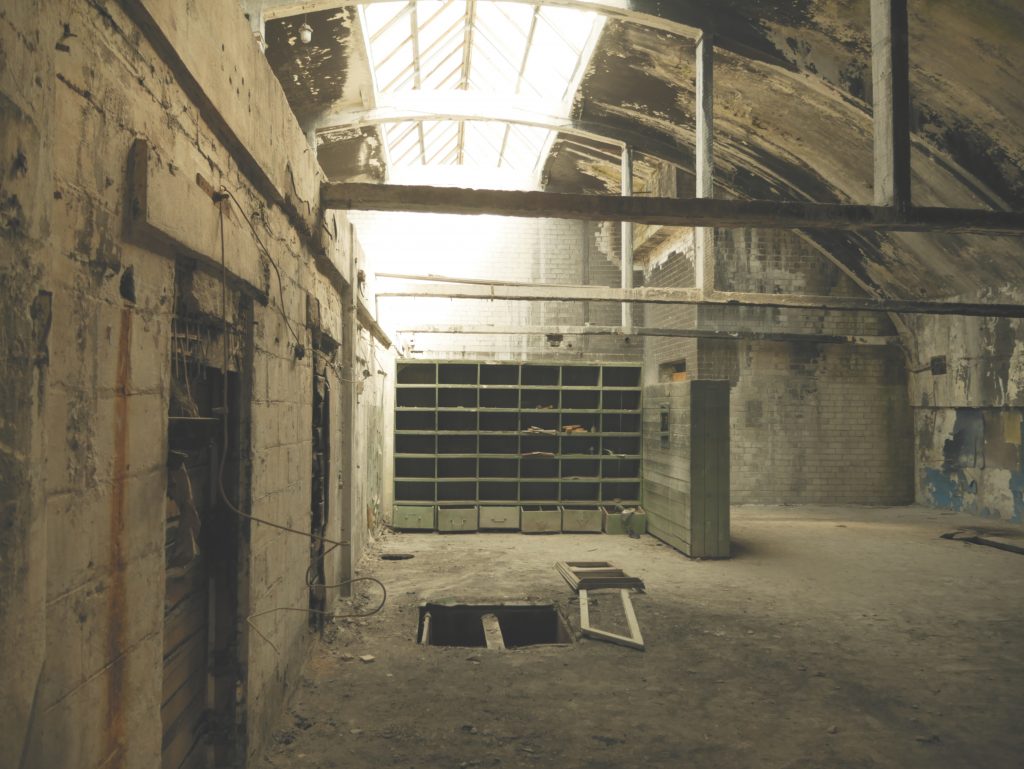
If you would like to find out more about our memory project, or if you have any information, skills or ideas that you think would be useful, please get in touch via e-mail or through the Hidden Tallinn Facebook page.
Thank you for reading and keep exploring!

